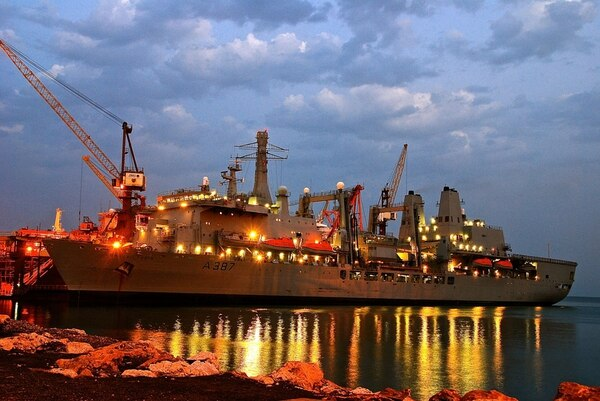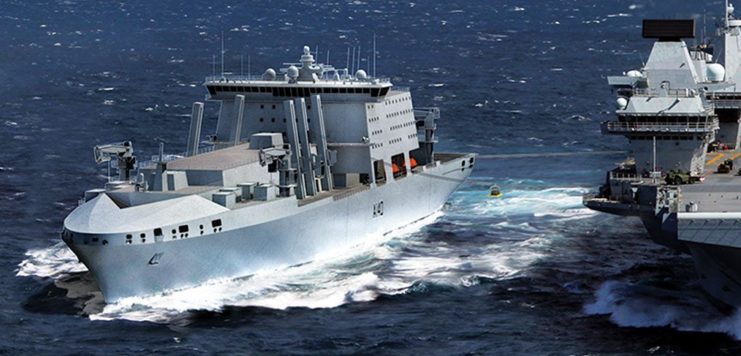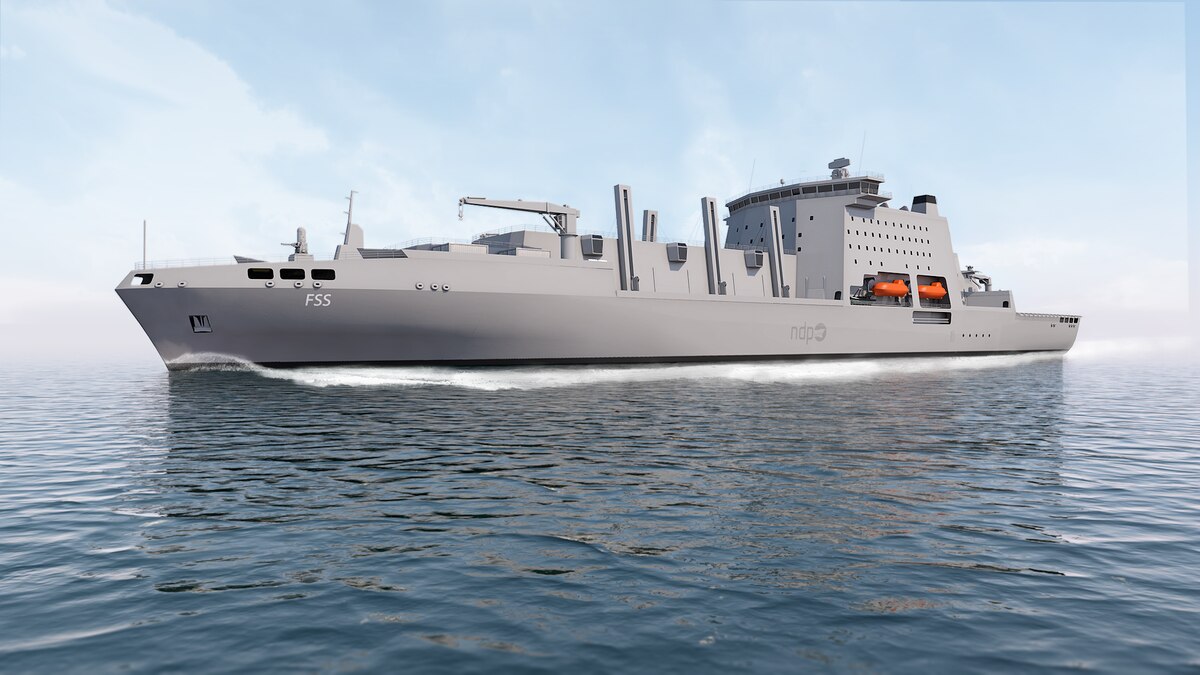UK Defense Secretary Ben Wallace brought hope to British shipbuilders that the £1.5billion deal to produce supply ships for the Royal Navy will stay within the country.
While speaking at Defense Questions in the Commons, Wallace stated that he felt the British shipyards built some of the best ships in the world.
He added that the British military should support them and make sure that the Royal Navy is using ships that were made in Britain.
MP Kevan Jones (who is a former Defense Minister and who chairs the Parliament’s cross-party shipbuilding and ship repair group, encouraged Wallace to award the contract to a British shipbuilder soon.
He stated that such a move would increase the Royal Navy’s capabilities while providing a boost to the British economy. Wallace replied that he had already pressed officials to speed up the process.

GMB union national officer Ross Murdoch appreciated the minister’s words but stated that he feels that now is the time for action. He said that there are shipyards in Britain that are in desperate need of the work in order to stay in business.
The supply vessels are vital to keeping the Royal Navy’s aircraft carriers, destroyers and frigates stocked with food, ammunition and munitions.
Royal Navy warships are required to be built in the UK for national security reasons. Supply ships, though, are part of the Royal Fleet Auxiliary. Since they are not classified as warships, there is no legal reason they couldn’t be built in another country.
The original competition for the contract was global with companies from Italy, Spain, Japan and South Korea making the shortlist.
A British consortium consisting of Babcock, BAE Systems, Cammell Laird and Rolls-Royce made the list as well with backing from the Keep Britain Afloat campaign.
The Keep Britain Afloat campaign was opposed to Britain having their naval ships built in another country especially with the UK leaving the EU and working to reassert itself as a global power. The opposition led to a split in the government.
In November, the bidding process was halted which raised hopes for the pro-Britain campaigners that the terms of the competition could be re-worked to give British companies a more favorable playing field to compete against the international companies.

Last month, a spending watchdog group announced that the lack of supply ships would cripple the two newest aircraft carriers in the Royal Navy fleet. The two ships were constructed at a cost of £6.2billion.
The National Audit Office called the Ministry of Defense to account for failing to develop three new support ships which it called “crucial” to the operation of the carriers.
Currently the Royal Navy has only one ship to resupply the carriers.
The NAO was also concerned that the pause in the competition meant that the supply ships could not be delivered until late in the 2020s. Wallace informed the MPs that delivery could take place quickly once the order was placed.
Another article from us: Finnish Air Force Quietly Removes Swastika from Squadron Emblems
Wallace said that supply ships were not too complex and so would be delivered quickly. He further stated that he did not expect much of a capability gap with regards to the carriers.
